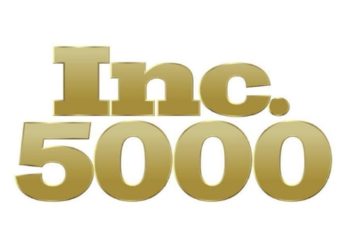
“On a scale from 1 to 10, with 10 being the highest, how likely are you to promote us to a friend or colleague?”
Have you seen this before? Has this question ever popped up when you’ve placed an online order, received a mobile survey from a store, or even had it appear on an app or piece of software you use?
That’s the Net Promoter Score many retail and B2C businesses use to see what kind of word-of-mouth promotion they can hypothetically earn from their customers. Restaurants, retail stores, car rental companies, insurance companies, and even online merchants all ask that one simple question, which people are likely to answer since it’s “just one.”
Mobile survey in Persian. Every good retailer is worried about their customer experience, no matter where in the world they are.Occasionally there will be one more question, either just a simple “Why?” in the case of a perfect 10, or “What would it take to raise our score by just one point?” if the answer is less than 10.
Mind you, a high score doesn’t actually mean the company will get that kind of promotion and attention, but it at least lets the businesses know if they’re on the right track in making their customers happy.
The Net Promoter Score was originally created by Fred Riechheld and Bain & Company when it was published in a 2003 Harvard Business Review article, “One Number You Need to Grow.” Reichheld said that the Net Promoter Score measures the loyalty between a provider and a consumer.
The scores are divided up into three groups:
- If a customer gives you a 9 or 10, they’re considered Promoters. They love you and they’ll shout your name from the rooftops, or at least tell their friends about you.
- If they give you a 7 or 8, they’re considered Passive. They’re just sort of “meh” about you and your product.
- If they give you a 1 through 6, they’re Detractors. They may not hate you, but they’re emotionally invested in seeing you take a fall.
The Net Promoter Score is more than just a mean average of all the scores though, giving you a final number between 1 and 10. It’s a little more complicated. It would be oh-so-easy to just add up all the scores, divide by the number of responses, and come up with a figure.
But this score was created by an academic, which means it has to be more complicated than that. (Actually, there are very good statistical reasons why it is more complicated than that, but I didn’t want to get into that now.)
To arrive at your actual Net Promoter Score, should take the percentage of Promoters and subtract the percentage of Detractors (hopefully you have more Promoters than Detractors!), and multiply that remaining number by 100. That’s your official Net Promoter Score.
(% Promoters – % Detractors) x 100 = Your NPS
In other words, if you launched your survey and 68% of respondents were Promoters, and 13% were Detractors, your score would be (68% – 13%) x 100 = 55. That’s a very good score, because more than half of your customers are Promoters.
Generally, if you can get a Net Promoter Score over 30, that’s good. Anything over 50 is great, and anything over 70 is a world-class organization. Not surprisingly, anything negative is bad. In that case, you don’t have a bad survey or a bad marketing department, you have serious problems coursing through your organization like poison.
Do you need help coming up with your Net Promoter Score? HS Brands can help you find it. We can use mobile surveys and text-based feedback to help you reach your customers and find out how well you’re doing. And if you want to expand beyond your traditional NPS, we can help you with that too. Just visit the HS Brands’ website and ask to speak with one of our mobile survey experts.



